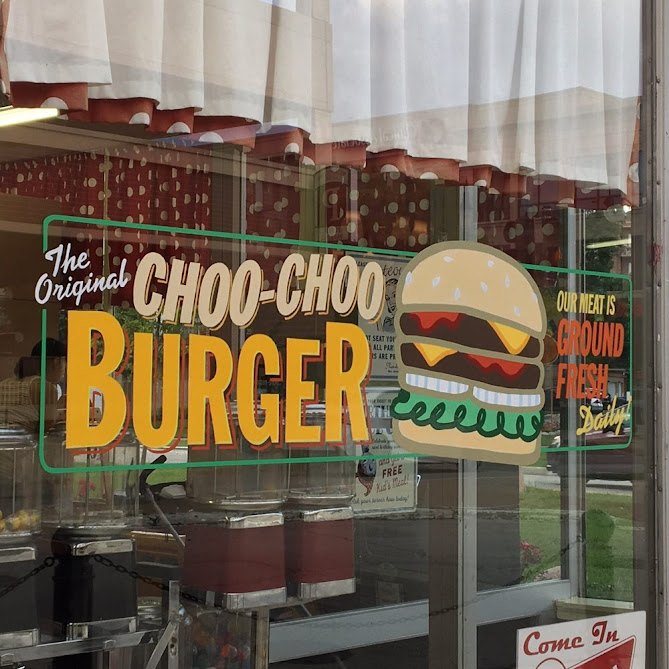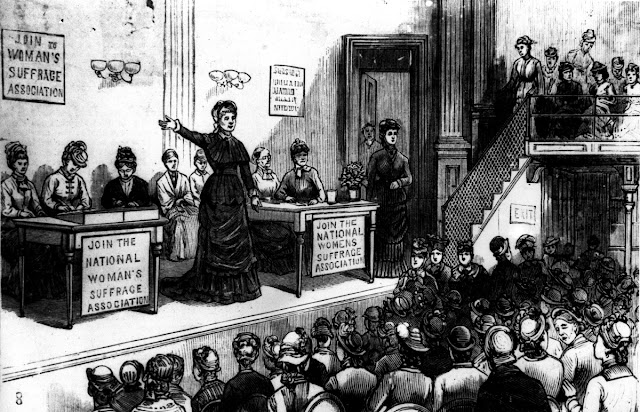In historical writing and analysis, PRESENTISM introduces present-day ideas and perspectives into depictions or interpretations of the past. Presentism is a form of cultural bias that creates a distorted understanding of the subject matter. Reading modern notions of morality into the past is committing the error of presentism. Historical accounts are written by people and can be slanted, so I try my hardest to present fact-based and well-researched articles.
Facts don't require one's approval or acceptance.
I present [PG-13] articles without regard to race, color, political party, or religious beliefs, including Atheism, national origin, citizenship status, gender, LGBTQ+ status, disability, military status, or educational level. What I present are facts — NOT Alternative Facts — about the subject. You won't find articles or readers' comments that spread rumors, lies, hateful statements, and people instigating arguments or fights.
FOR HISTORICAL CLARITY
When I write about the INDIGENOUS PEOPLE, I follow this historical terminology:
- The use of old commonly used terms, disrespectful today, i.e., REDMAN or REDMEN, SAVAGES, and HALF-BREED are explained in this article.
Writing about AFRICAN-AMERICAN history, I follow these race terms:
- "NEGRO" was the term used until the mid-1960s.
- "BLACK" started being used in the mid-1960s.
- "AFRICAN-AMERICAN" [Afro-American] began usage in the late 1980s.
— PLEASE PRACTICE HISTORICISM —
THE INTERPRETATION OF THE PAST IN ITS OWN CONTEXT.

According to official reports, the Chicago riots began after Eugene Williams, a Negro teenager, drowned in Lake Michigan after being struck in the head by a rock thrown by a white man angry that Williams and friends had drifted into the "white side" of the informally segregated beach.
 |
| John T. McCutcheon, Chicago Tribune, July 28th, 1919, cartoon. |
 |
| A horde of young boys ran to the corner where a young Negro man was beaten during Chicago's race riots in 1919. White youngsters drove out Negro residents by stoning their homes during the race riots. |
 |
| The state militia was called in to quell the violence on the south side of Chicago during the 1919 race riots. |
 |
| Police removed the body of a Negro man killed during the 1919 race riots. The five days of violence were sparked when a Negro teenager crossed an invisible boundary between the waters of the 29th Street beach, known to be reserved for whites, and the 25th Street beach, known to be reserved for Negroes. |
 |
| The state militia held its ground at 47th and Wentworth Avenue during Chicago's race riot in 1919. |
 |
| The mounted police rounded up "stray" negroes and escorted them back to a safety zone during the race riots in Chicago in 1919. |
 |
| The state militia was mobilized in Chicago at the height of the 1919 race riot. |
 |
| The state militia marched through Chicago during the 1919 race riots. |
 |
| Heavily armed motorcycle and foot policemen stood at the ready for instant transportation to quell the rioting on Chicago's south side on July 30th, 1919. |
 |
| Troops gather at 47th Street and Wentworth Avenue during the Chicago race riots. |
 |
| A soldier tells a man to "back up" during the race riots in Chicago 1919. The soldiers were in place to keep white people in their own districts. |
 |
| Many houses in the predominantly white stockyards district were set ablaze during the 1919 race riots. The five days of violence were sparked when a Negro teenager crossed an invisible boundary between the waters of the 29th Street beach, known to be reserved for whites, and the 25th Street beach, known to be reserved for Negroes. |
 |
| People look over the remains of a destroyed building in the Union Stock Yards neighborhood during the 1919 Chicago race riots. Photo dated August 2nd, 1919. |
 |
| Members of a white mob ran with bricks in hand during the Chicago race riot of 1919. Photographer unknown. |
 |
| A man armed with a machine gun sits at the Cook County Jail during the 1919 Chicago race riots. |
Compiled by Dr. Neil Gale, Ph.D.
Photographs copyright © Chicago Tribune























 \
\











